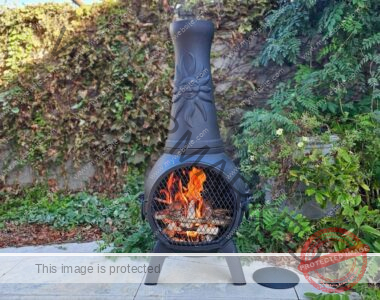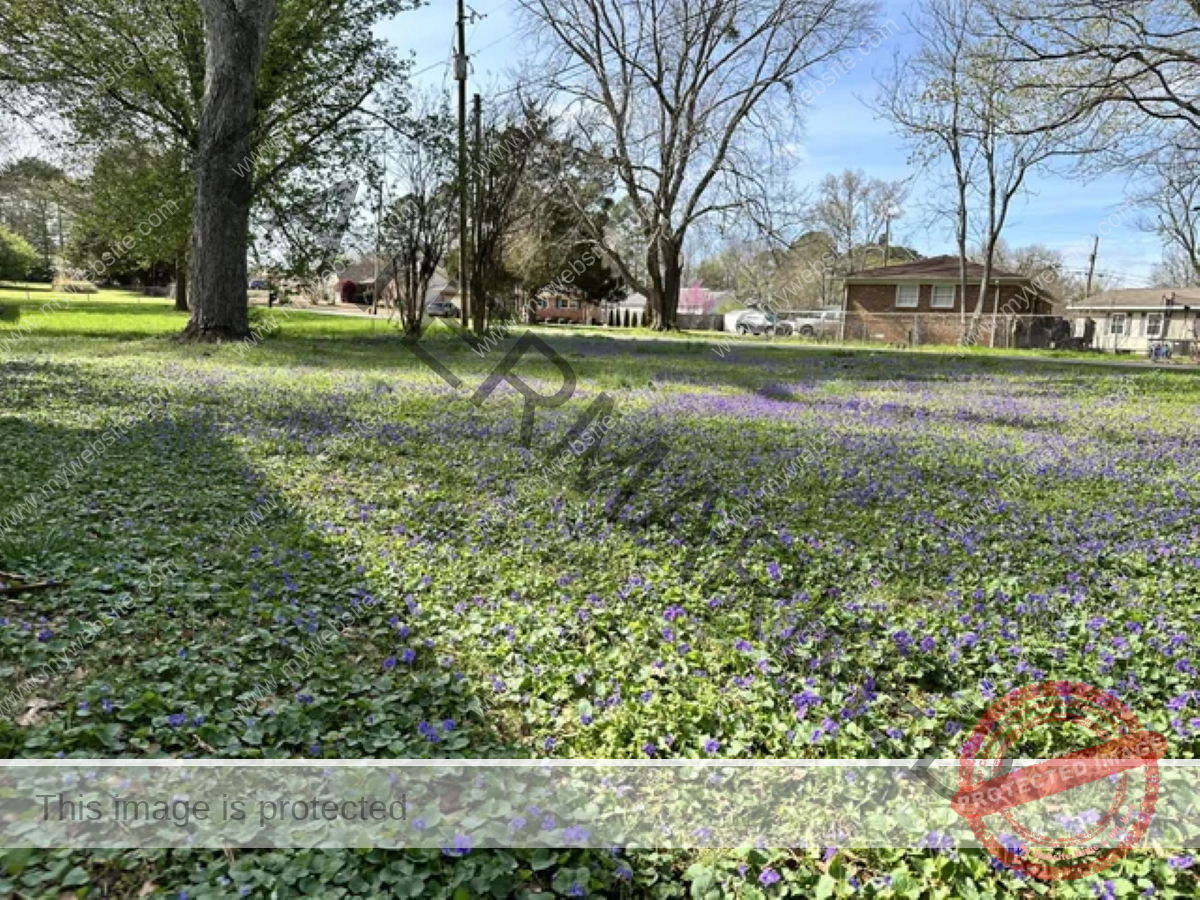
Once a symbol of status and wealth, the traditional turf lawn is being replaced by some homeowners seeking increased biodiversity and less maintenance. Reducing greenhouse gas emissions by eliminating the need for mowing, reducing water use, and reducing herbicide, pesticide and fertilizer use are some of the benefits of avoiding a turfgrass lawn.
Some alternative lawns, such as cloverThey even provide additional benefits like improving the soil by adding nitrogen. Others, like Thyme flowersAttracts pollinators with its fragrant lavender flowers. Today, xeriscaping, reconstructionor planting a native lawn The turf instead symbolizes eco-friendly homeowners eager to support local flora and fauna.
A purple lawn in northern Alabama

Jason and Lydia Gray Eliminated almost all lawn care Fees and associated costs when they leave Wild Violet, (viola sororia), take over their North Alabama lawn. The couple spent a few difficult years planting tubers to speed the natural spread of the ground by the small creek and dense pine forests at the edge of their property, but once the violets were established, Lydia says, “the native The best thing about flora is that the groundcover is low-to-no-maintenance; I don’t have to do anything to keep the violets alive.
Do not water gray purple lawns. It is necessary to cut the grass occasionally in summer. “It’s a lot easier because you’re not fighting against anything growing,” says Jason. He recommends choosing natives for the best low-maintenance lawn. “The idea is to be low-maintenance, so don’t choose something that you’ll have to put in the work to maintain. Choose something native, not something that looks pretty on the internet. You want to be able to set it and forget it. Violets work for us where we live.”
Instead of mowing the grass every week, the Grays now have time to watch the birds and rabbits forage in their USDA zone 7b lawn. “We may never go back to a regular lawn again.”
Colorful, native lawn in St. Louis
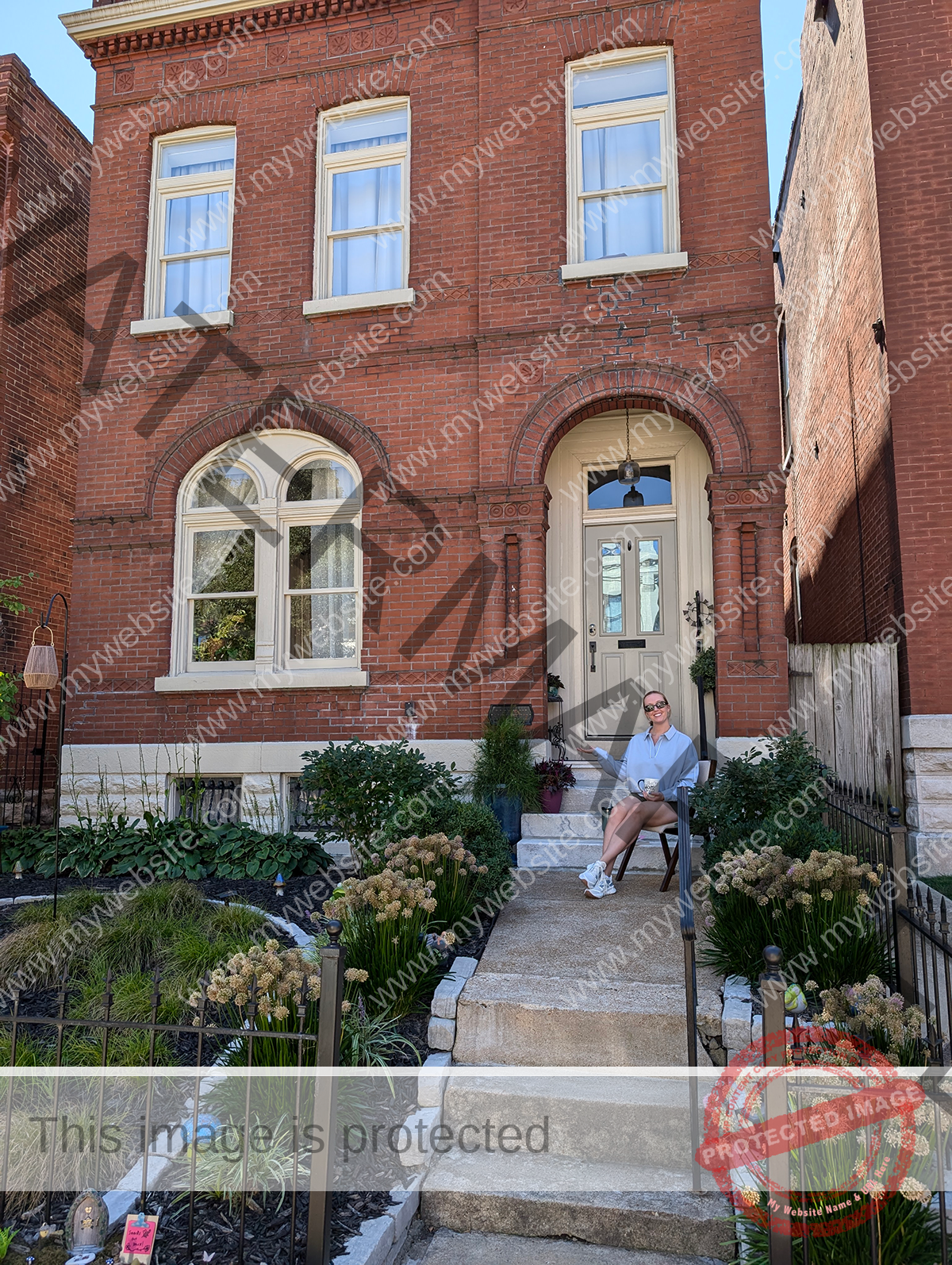
Emily M. chose pollinator-friendly, native plants for a low-maintenance lawn transformation that adds color and interest to the four-season feel of her zone 6b yard. Plants include hostas, alliums, serviceberry trees and winterberry bushes. add mulch Spring refreshes the look and reduces the need for weeding.
She advises that those who are opting for Replace turfgrass lawn Enjoy it and take risks. “Think about the interest over the year. Use shrubs that provide fall color and spring flowers. don’t be afraid Combine all types of flowering plantsGet some white, pink, purple, blue, red – whatever you want! There are really no rules.”

Emily also suggests considering the height of new plants as well as sight lines from the street to increase curb appeal, as well as how the plants look from inside your home. “You’re the one who will be seeing it every day,” she says.
Pleased with her alternative lawn, she says, “Without competition, our current arrangement is not only easy, it’s pesticide-free, it’s colorful, interesting, vibrant, and it brings joy to us and our neighbors.”
A Wisconsin Pollinator Garden
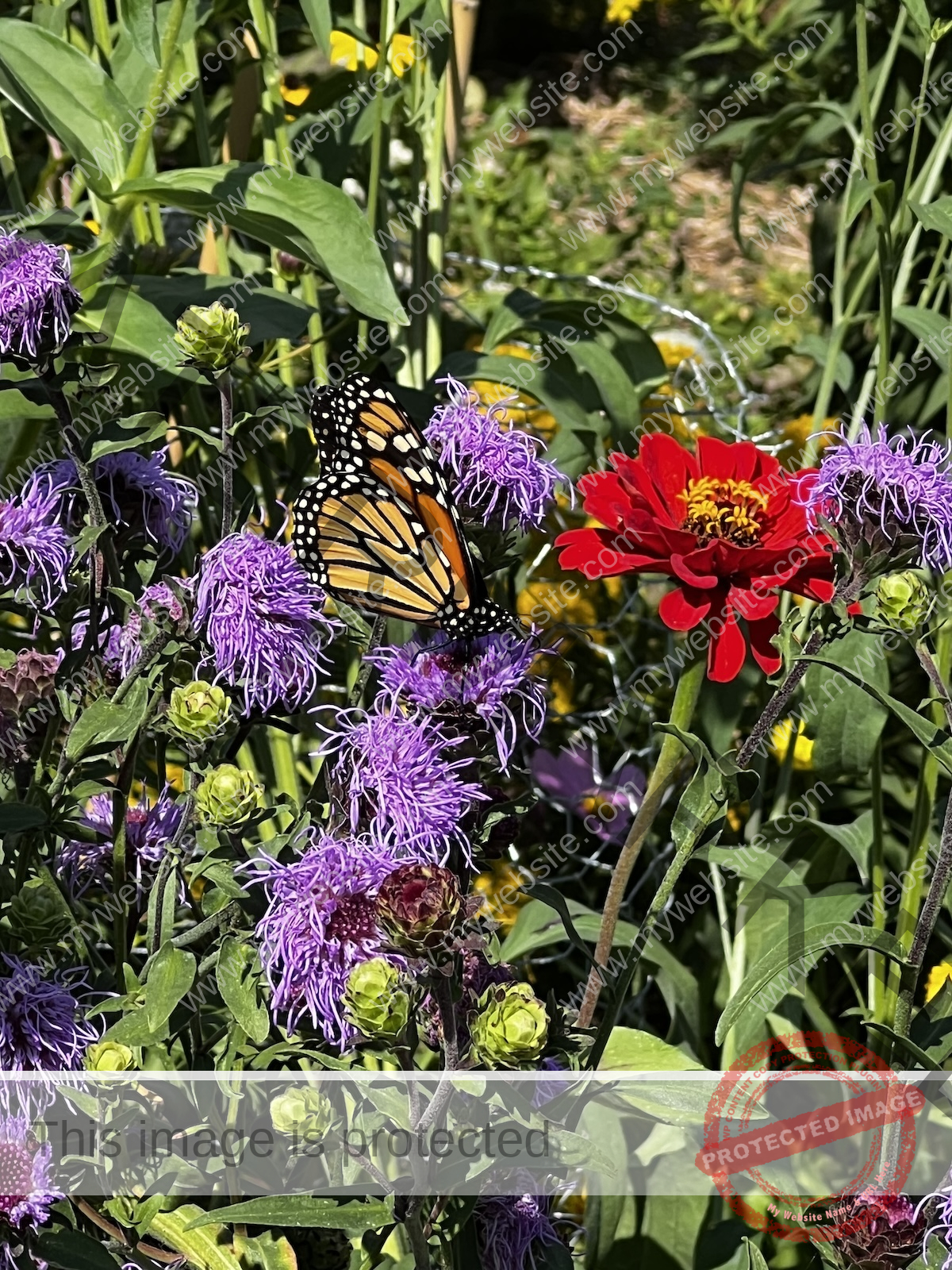
chris manning wanted help the bees In her Wisconsin garden—“not just bees, but native beesButterflies, moths, birds, rabbits, and all the other life that has made a home in my yard.
In Creating a Pollinator GardenHe selected native plants adapted to zone 5b that do not need “special treatment,” adding, “I don’t plan to destroy most of the flowers in the fall. I don’t plan on letting birds and other animals eat the seeds and stalks.” I want to allow people to benefit from it, whether in the form of food or shelter.”
Wild flowers native to the Green Bay area selected by Manning include: purple coneflower, yellow coneflower, black-eyed Susan, early sunflower, bee balmGoldenrod, blanket flower, blazing star, spiderwort, Prairie MilkweedAnise hyssop, asters, and penstemon. For groundcover, he used grasses, rattlesnake master, pearl perennial, prairie smoke, yarrow and prairie dropseed.
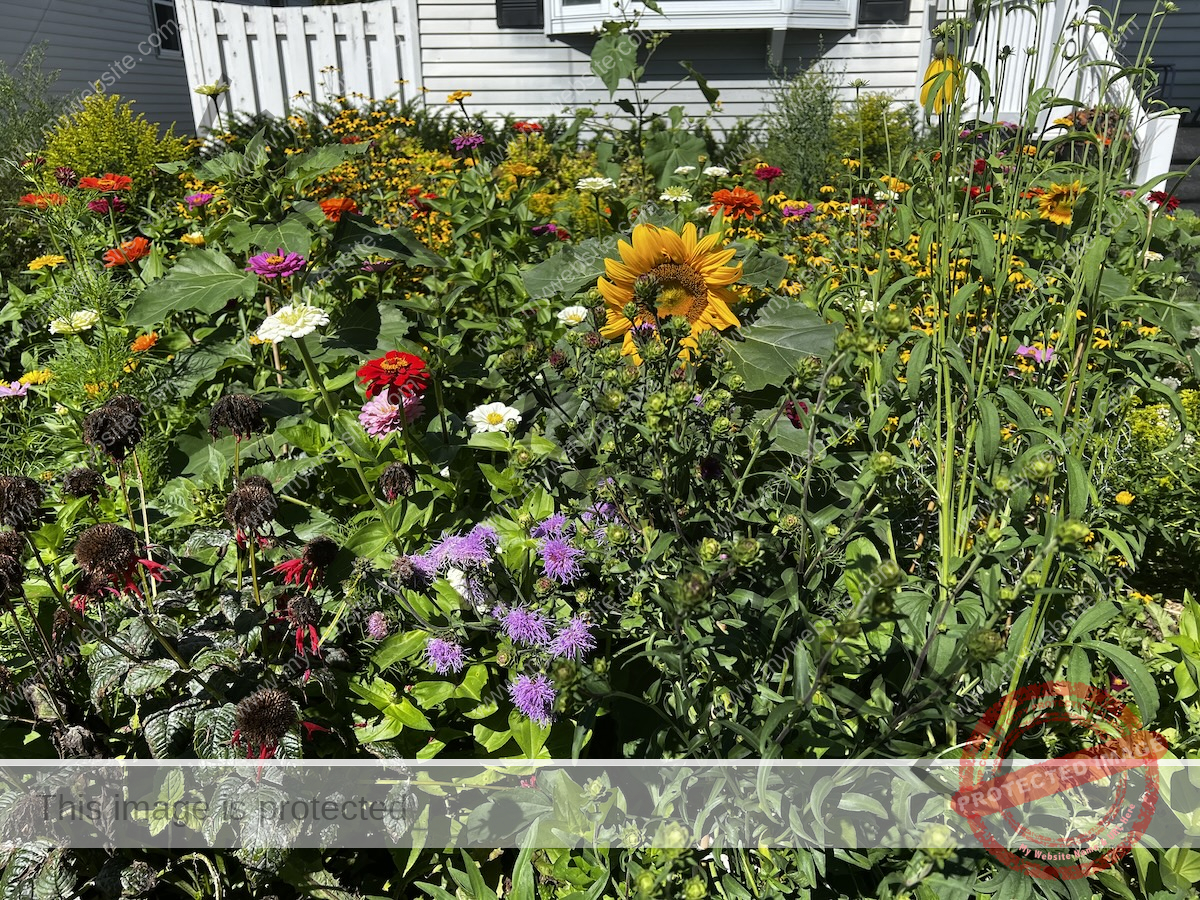
As her garden progressed, she allowed the non-native, volunteer zinnias and sunflowers to remain because “King absolutely loves them, and they’re not on the DNR’s invasive species list, so I’m willing to stick with them.” “I’m compromising a bit with my wishes.” With native plants.”
Always check local ordinances and HOA rules. Green Bay has a planned natural landscape ordinance that allows homeowners to grow plants taller than some cities with “tall weeds” ordinances, but homeowners must register with the proposed plant list and A detailed drawing of the garden plans must be provided. There are also some municipalities Pay homeowners to replace turfgrass,
while he was getting his pollinator garden In the beginning, Manning says some neighbors complained about the “weeds,” but now many people take photos of her flowers and admire the garden.


